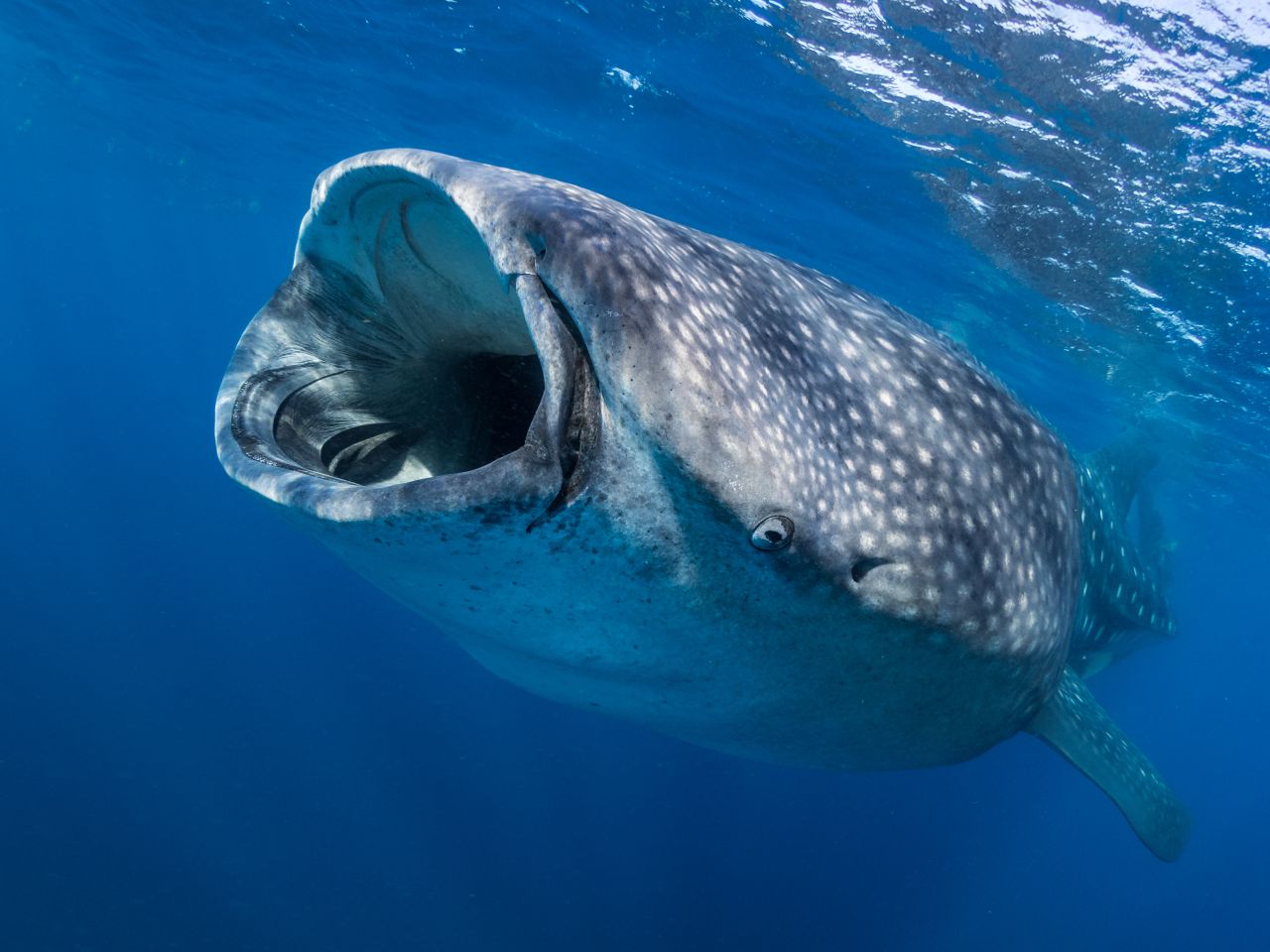Today is International Whale Shark Day, so let’s take a closer look at one of the ocean’s most iconic species, the Rhincodon typus!
Whale sharks are special - not only are they the largest shark species in the world, but they are also the largest fish species in the world. Although their size is their usual claim to fame, whale sharks break many conventions of a 'stereotypical shark'. They perfectly showcase the diversity, importance, and intelligence of sharks as a group – undeniably the most misunderstood group of fish.
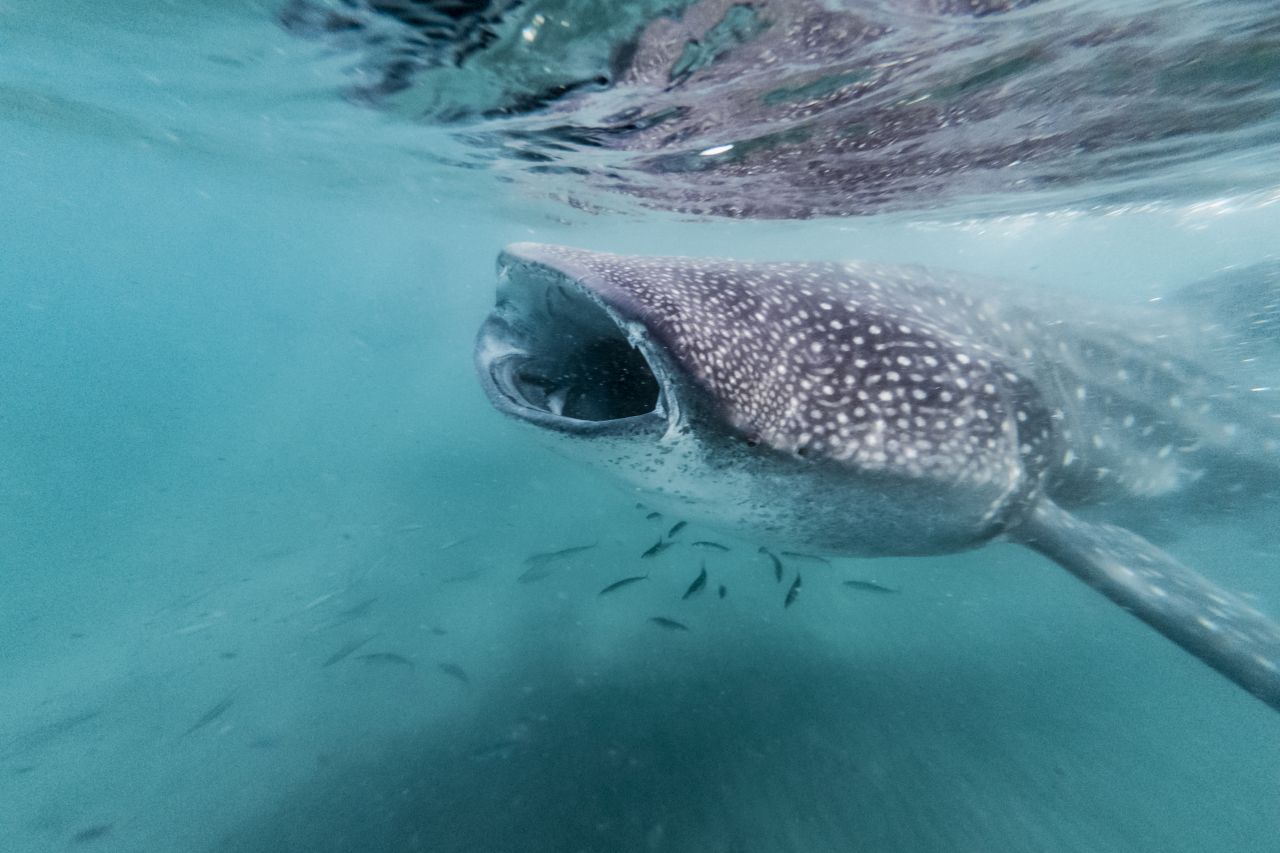
Despite their size and name, whale sharks are not related to whales at all. But they do have something in common with baleen whales – they are filter feeders! Whale sharks use their tiny teeth, less than 5mm long, to catch the tiniest prey imaginable: plankton (although they will happily take the opportunity to suck up a passing school of fish or squid if the opportunity strikes).
The whale sharks in South Africa (like the first specimen ever described scientifically, found in Table Bay) migrate between Cape Agulhas, the Azores, and Maine on the US coastline. These movements are seasonal, as the whale sharks pursue the largest abundance of food.
It takes whale sharks approximately 25 years to reach maturity, growing from under 60 centimetres at birth to over 14 metres as an adult. Can you imagine how much plankton they need to eat to accomplish this? For this reason, whale sharks need to make every mouthful count and rely on the active pursuit of prey, whether it’s clouds of freshly spawned fish eggs or a school of sardines.
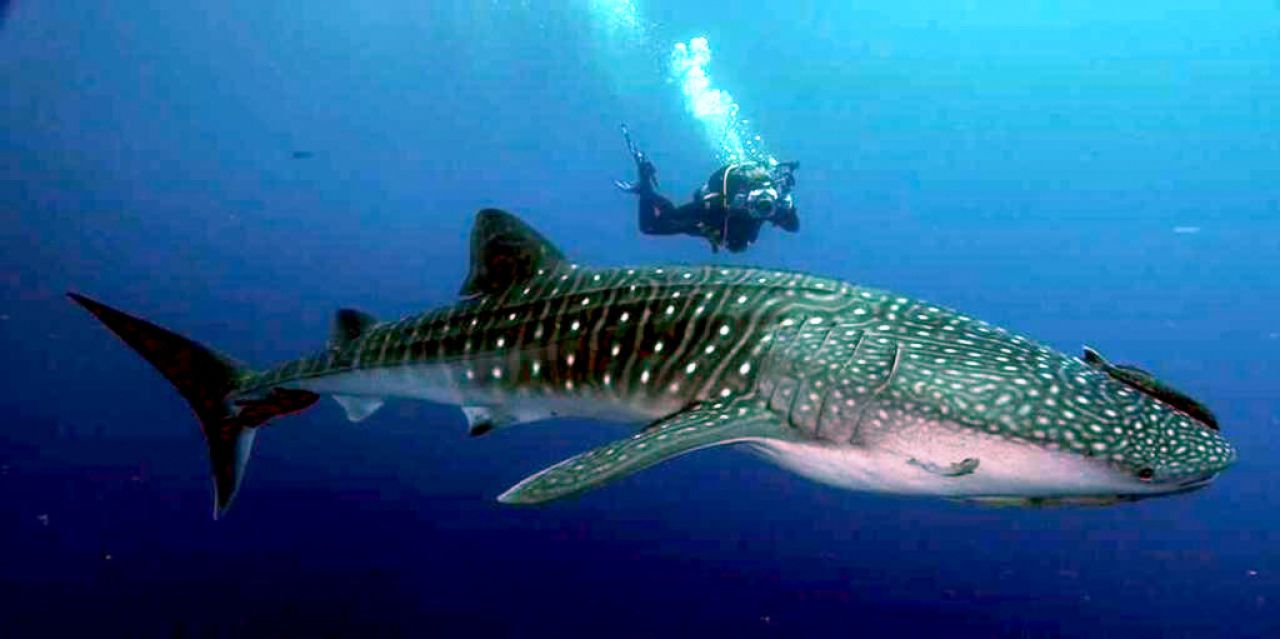
Now, let’s talk about spots.
It is a common theory on the internet to suggest that whale sharks have camouflage to avoid an undiscovered predator, but this is not the case. While young, whale sharks use their mottled spot pattern and countershading to avoid predators, but as they age and grow too large to be preyed on, this camouflage still helps them hide from schools of fish and squid they are approaching. Their spots also serve a role in communications. Evidence suggests that whale sharks can recognize each other from their spot patterns, and adult whale sharks competing for the same resources display their backs to smaller competitors to drive them away.
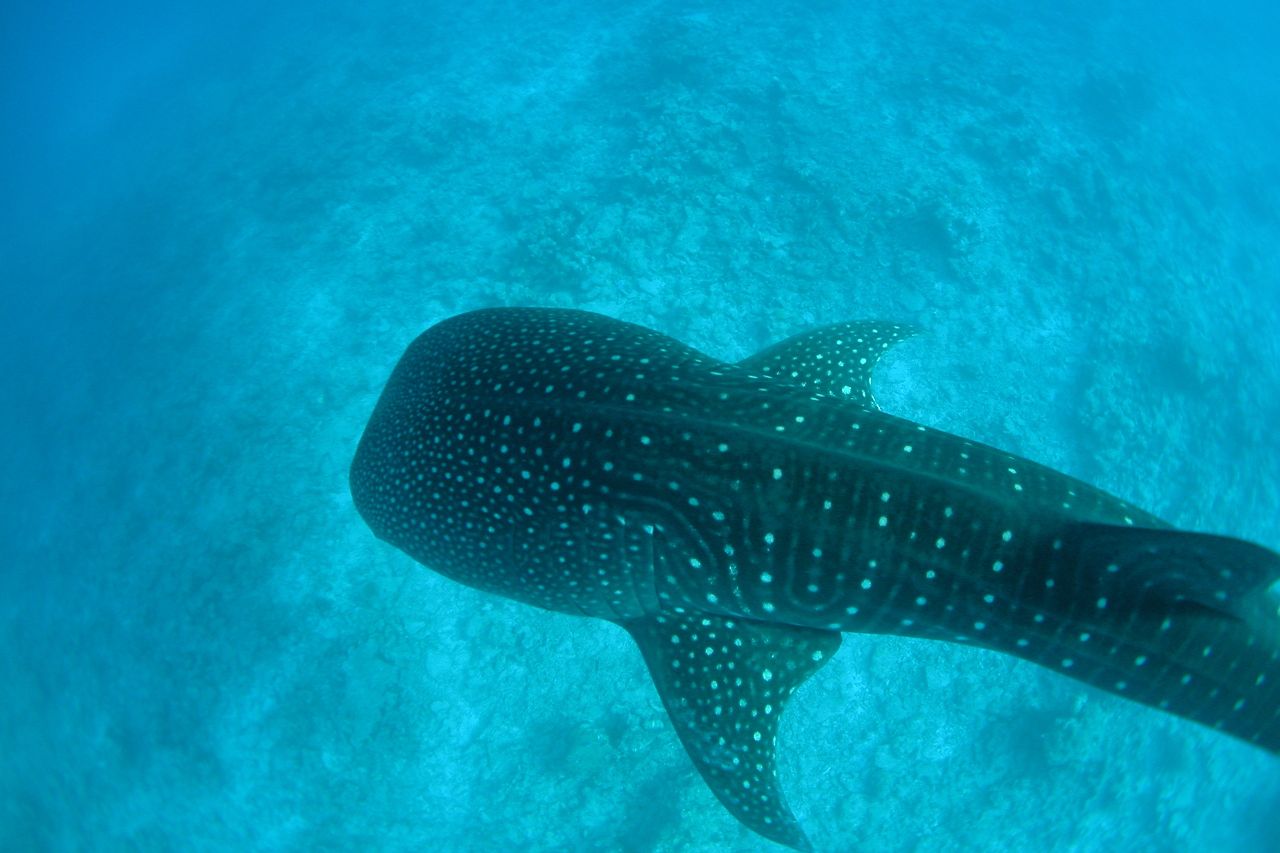
Whale sharks have unique eyes!
Like most sharks, whale sharks have tiny armoured scales covering their skin called dermal denticles. However, they take this one step further with dermal denticles armouring their eyes, too. Whale sharks also have specially adapted pigments in their eyes to help them see more clearly at depth - they can even switch between this “blue vision” and regular colour vision, depending on water depth.
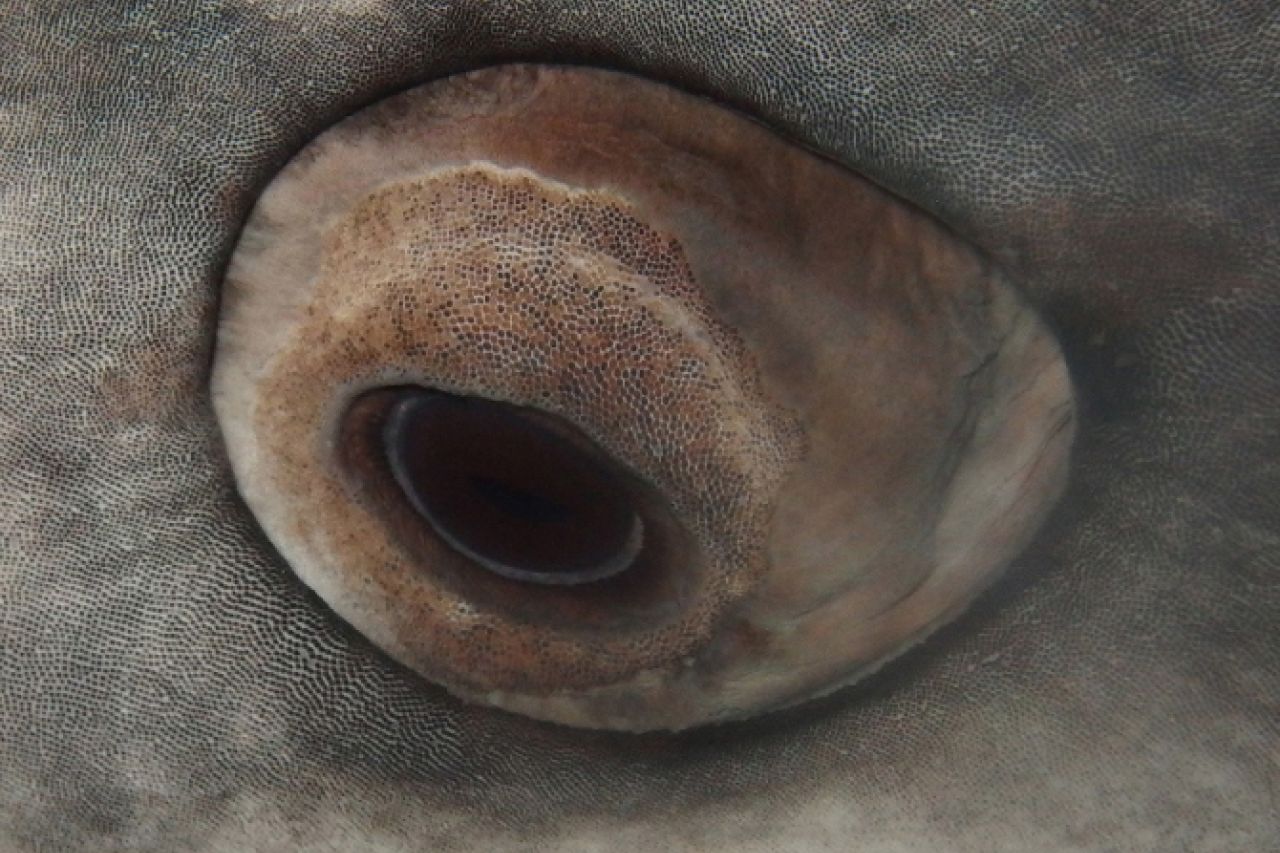
This excellent deep-water vision is one of the features enabling whale sharks to dive to depths of up to two kilometres – making them the deepest diving fish. Although whale sharks typically prefer shallower depths in warm waters, they routinely take deep dives in pursuit of their prey.
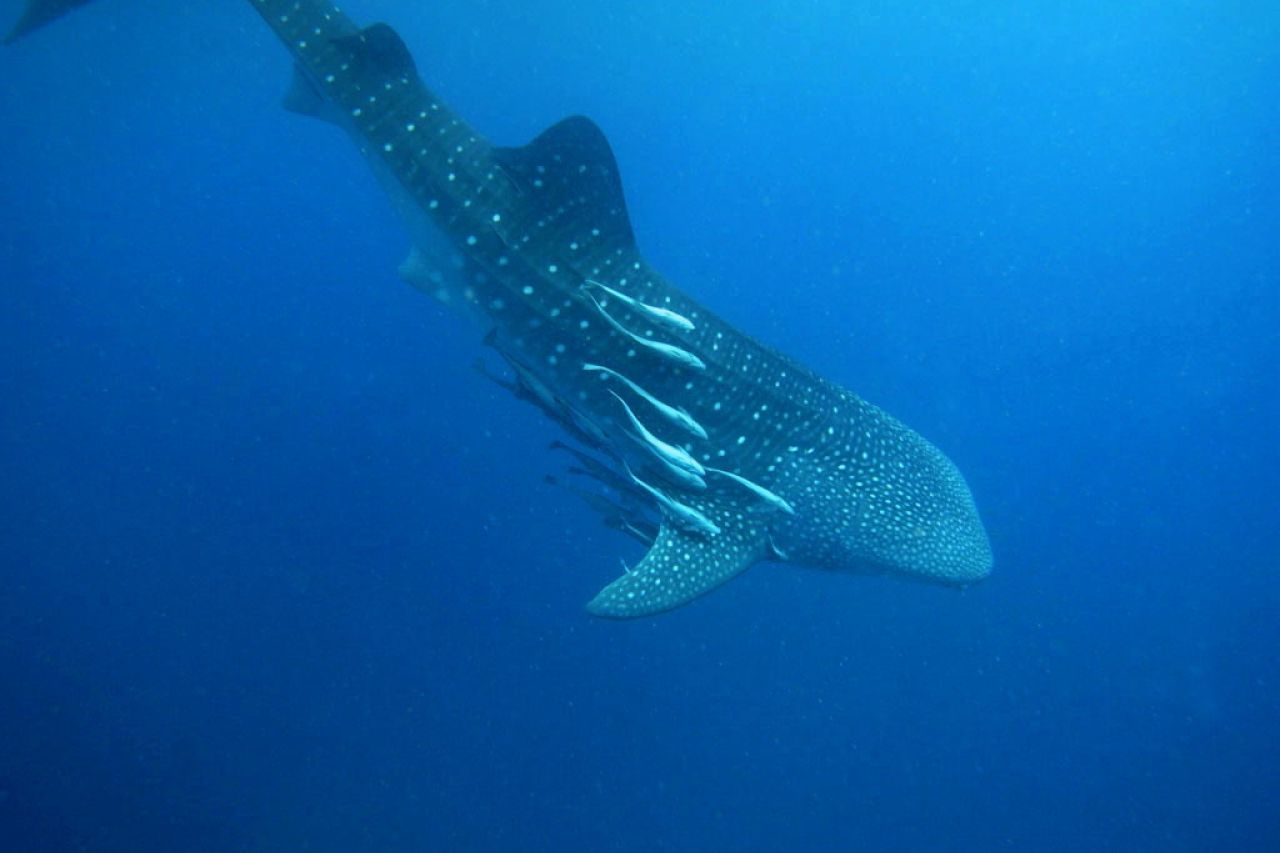
By now, you’ve probably realised that the incredible evolutionary adaptations of whale sharks are focused on two areas: giving them the best odds of living long lives and taking advantage of the highest concentrations of tiny prey animals. This strategy has served them well: whale sharks have lifespans of over a century and time-tested survival strategies that have worked for filter-feeding sharks from the time of the dinosaurs.
But, these same adaptations have left them vulnerable to human activities…
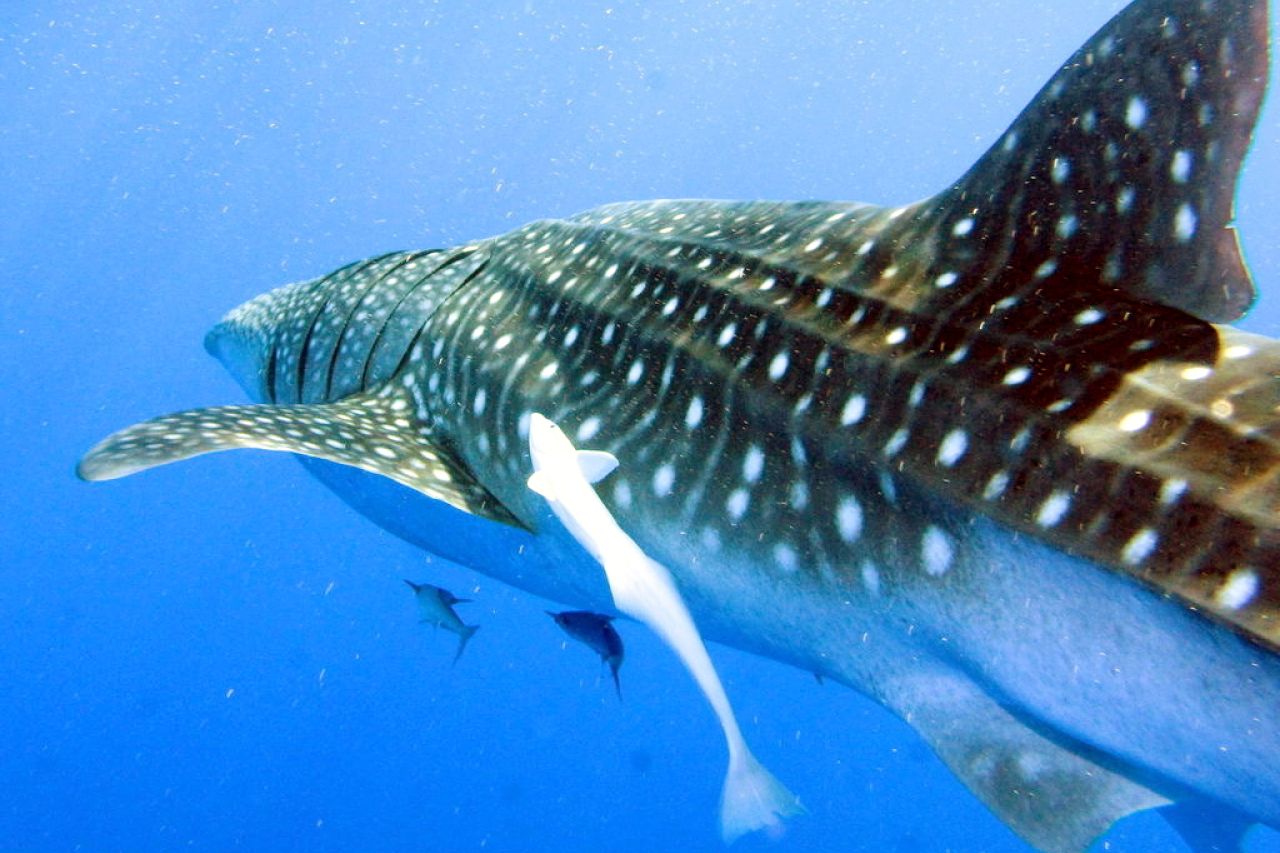
Whale sharks are currently listed as Endangered on the IUCN Red List, with a population loss of over 50%. Habitat destruction, bycatch in nets, boat strikes, plastic pollution, and historic hunting have all threatened this species, which often occurs in the same high-productivity areas used by fishermen. Whale sharks' filter-feeding lifestyle is hugely impacted by plastic pollution. Their reliance on large quantities of food makes them vulnerable to loss of ocean biomass (caused by overfishing and changes in ocean chemistry due to runoff, acidification, and climate change).
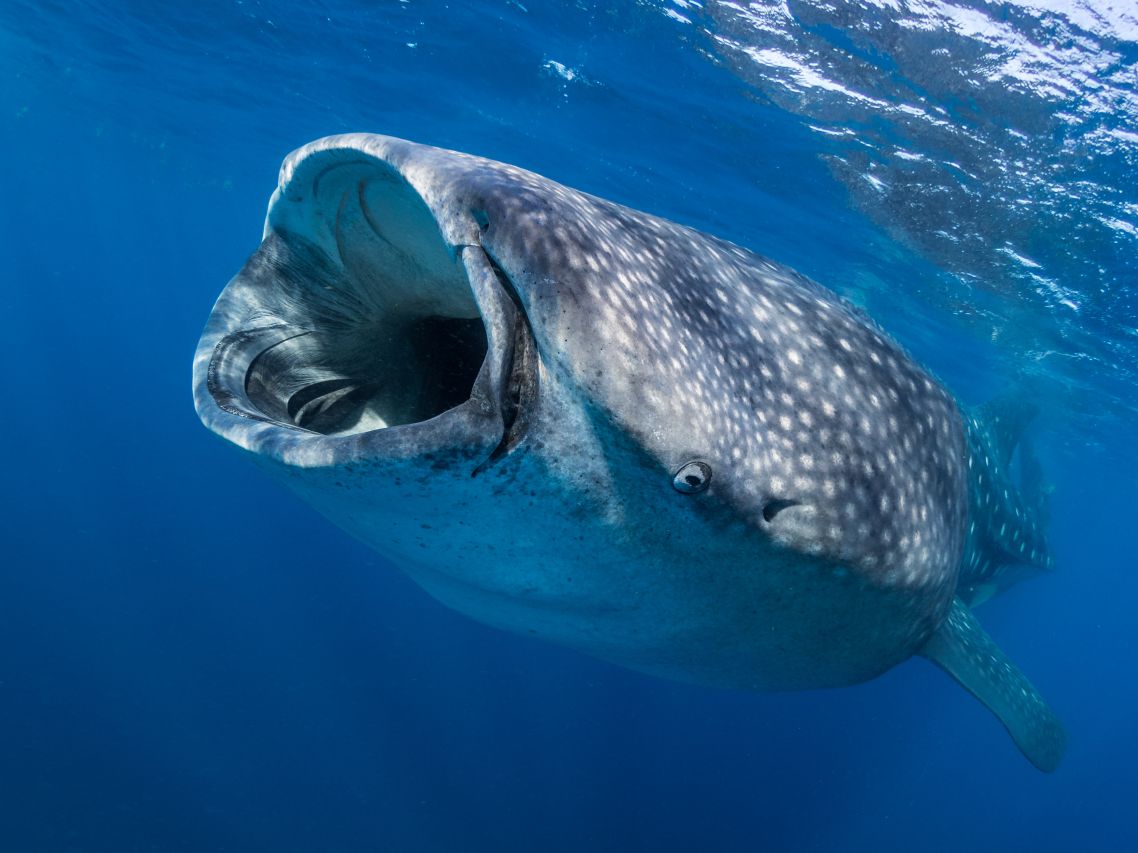
Whale sharks might be the ultimate example of an indicator species as a reflection of the overall health of our ocean. We can protect whale sharks by protecting the habitats they depend on. Support the establishment of Marine Protected Areas in critical locations, make sustainable seafood choices by supporting initiatives such as WWF SASSI, support the research and conservation work of organisations like the Save Our Seas Foundation, and remember that you and your home are connected to the ocean. Making small, sustainable choices daily can help these gentle giants of the ocean.
Related News
Sign up to our Newsletter
Receive monthly news, online courses and conservation programmes.
